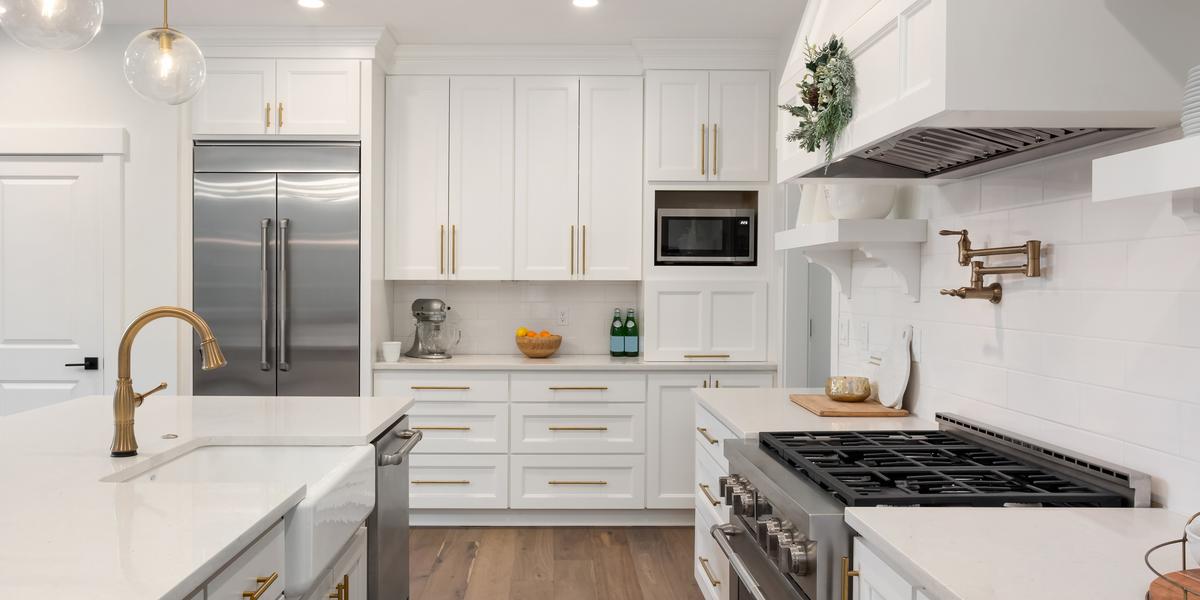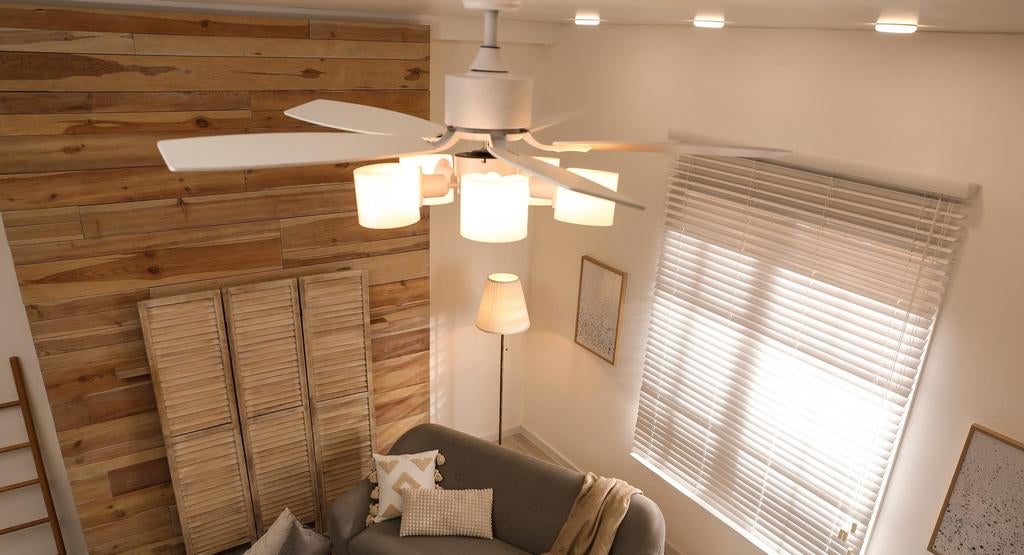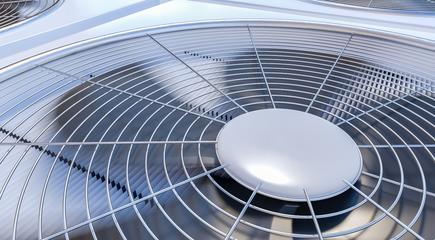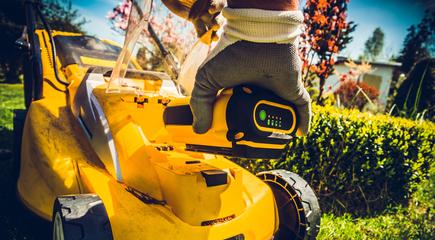Saving Energy in the Home with BLDC Motors

As efficiency standards continue to rise, the need for better power conversion technology becomes imperative. Brushless Direct Current (BLDC) motors are increasingly being utilized in various household applications.
In the United States, the initial energy efficiency standards for appliances were implemented at the state level in 1974, followed by a federal program the next year. Since then, efficiency standards have played a significant role in shaping consumer behavior and pushing manufacturers to adopt more advanced technologies that can reduce energy consumption. Today, BLDC motors are one of those essential technologies for any appliance that needs a motor.
DC motors offer superior efficiency and a smaller form factor compared to their AC counterparts. They also offer faster response times and more precise control of the motor. Brushless motors, in particular, outperform brushed motors in terms of efficiency, noise levels, maintenance costs and reliability. These advantages make BLDC motors an ideal choice for many applications where energy efficiency is a priority.

New and Emerging Markets
Motors can be found in a wide range of home appliances. Here are some of the key applications benefiting from the shift towards BLDC motors:
- Ceiling Fans: In addition to their increased efficiency, the smaller and quieter design of BLDC motors is very valuable for fans. Ceiling fans also offer additional energy savings as a companion to air conditioners, as AC temperatures can be set 4°F higher when a ceiling fan is on at the same time.
- Heat Pumps: These highly efficient systems use motors to transfer heat between locations instead of generating it. They can save a home anywhere from $200 to $1300 per year compared to a traditional furnace.
- Water Pumps: Dishwashers and washing machines employ water pumps, and BLDC motors contribute to the growing demand for quieter machines with larger capacities and improved efficiency ratings.
- Clothes Dryers: To maximize efficiency, a dryer can utilize three BLDC motors—one for rotating the drum, one for turning the fan and one for running the heat pump.
- Compressors: Refrigerators, freezers and household water heaters all feature compressors that can benefit from the efficiency of BLDC motors.
- Garage Door Openers: Although these devices consume minimal electricity during operation, they can consume a lot of power in standby mode. BLDC motors reduce standby currents, resulting in significant saving over time.
BLDC motors are experiencing substantial growth in both residential and industrial applications. The combination of high efficiency and compact size enables manufacturers to meet the energy efficiency standards set by governments aiming to reduce carbon emissions. With increasing consumer awareness and stricter legislation, we can anticipate continued expansion in this market.
Power Integrations supports the transition to high-efficiency BLDC motors with its BridgeSwitch family of half-bridge motor driver ICs. These drivers can achieve up to 98.5% efficiency in BLDC motor designs up to 400 W.

BridgeSwitch ICs incorporate a distributed thermal footprint architecture, eliminating the need for heatsinks and thereby reducing system cost and weight. Integrated fault protection, thermal overload protection and adjustable cycle-by-cycle current limits further enhance safety and reliability.
With the support of its MotorXpert Suite software, BridgeSwitch devices enable shorter design cycles, and best-in-class EMI performance reduces certification time for IEC-60335 and IEC-60730 standards by several months, allowing manufacturers to bring their new generation of efficient appliances to market quickly.





